
Job growth and population shifts have shaken up real estate math in surprising ways. For many buyers, the numbers no longer add up in certain states of the country, and it’s not just about sticker price. If you’re hoping to invest wisely, these 20 picks deserve a closer look.
Hawaii

Even with a steady paycheck, most locals can’t afford a home in Hawaii. The price-to-income ratio is 8.8, and there’s barely enough housing to go around. Jobs in tourism don’t match the rising home prices. Renting long-term may be the smartest move for anyone without a millionaire’s salary.
California

It is worth reconsidering whether you want to live in the Golden State. The median home price in the city of San Francisco is $1.6 million, and California’s strict zoning laws limit the housing supply. Even high-income earners feel the pressure.
Idaho
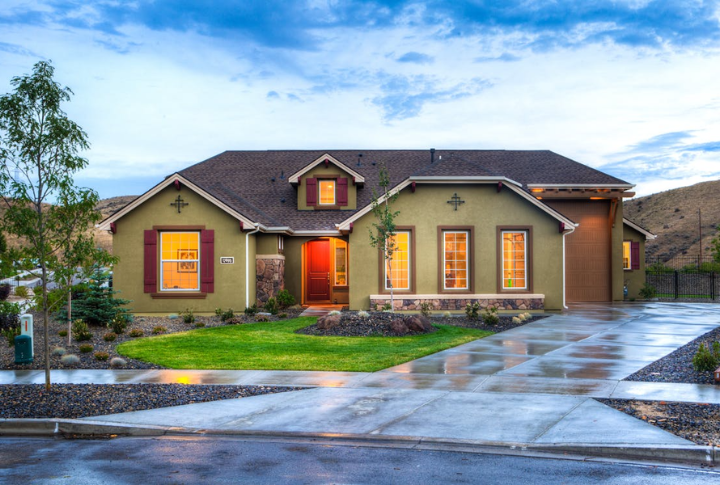
Idaho’s cost jump surprised everyone. Blaine County homes list for $2.36 million on average, and the price-to-income ratio is a wild 27.9 to 1. Many locals are now renters in their own hometowns, with remote workers changing the game here.
Oregon

Portland home values have tripled since 2000—yes, tripled. Now, with prices 30% above the national average, many first-time buyers are priced out. Local jobs can’t always keep pace as the city’s growth brings perks and pain. Expect suburban demand to rise as folks seek more space for less.
Nevada

Las Vegas used to be affordable, but housing prices are rising fast. First-time buyers struggle, especially with a 5% unemployment rate and inflation that has pushed consumer costs up. A better move is to explore neighboring markets like Reno or nearby Arizona for better deals.
New York

In New York, some pay more in taxes than for rent. Even outside Manhattan, the state’s 5.9 price-to-income ratio makes buying a stretch. Property taxes here are among the nation’s highest, and co-living options are gaining popularity. City life here is rich but definitely not cheap.
Massachusetts

Boston’s home prices are soaring, and the 6.3 price-to-income ratio proves it. The colonial charm comes with a cost, as competition is fierce, and property bidding wars are common. Many locals head north to New Hampshire in search of better deals.
Texas

Texas draws new residents fast, but housing hasn’t kept up. With a ratio of 3.9, prices are tough on many budgets. Austin’s tech boom plays a big role in rising costs. And while there’s no income tax, property taxes hit hard.
Florida
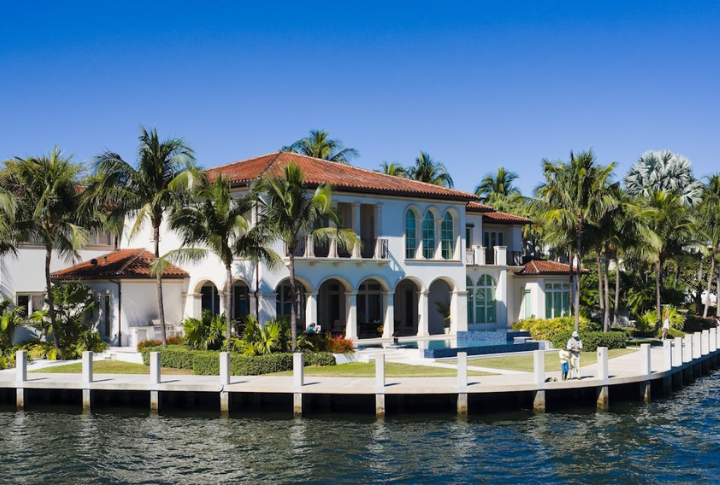
Housing looks sunny in Florida, but looks can be deceiving. The price-to-income ratio is 8.5, and insurance costs keep climbing due to hurricane risks. Consequently, homeownership here feels out of reach for many. Inland living usually provides better value and safety from storms.
Illinois
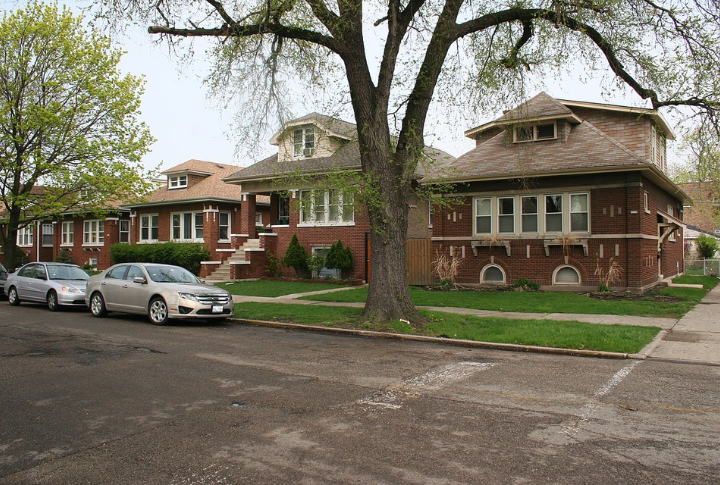
Chicago’s property taxes are already some of the nation’s highest. In addition, a 3.3 price-to-income ratio still puts homes out of reach for many. Real estate markets here rise and fall with felony trends. In contrast, neighboring Indiana offers more stable prices and lower taxes.
New Jersey

Property taxes in New Jersey average 2.49% of home value, which is the highest in the US. Many residents work in New York, driving up overall expenses. Renting here while working across state lines can be a smarter choice for many.
Colorado
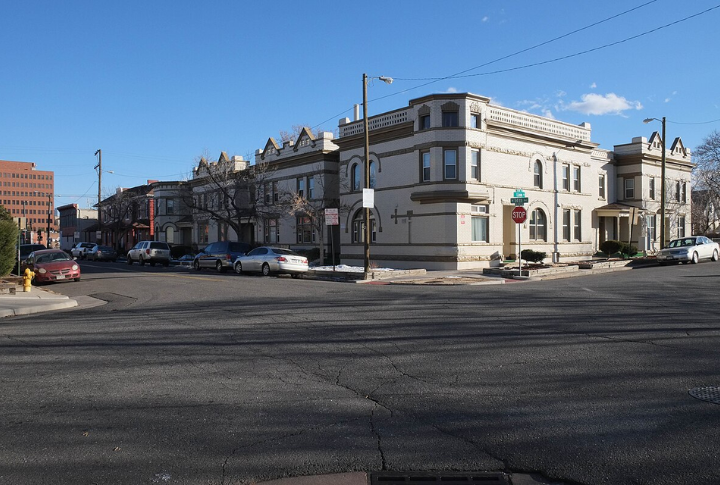
Denver’s price-to-income ratio of over 5.9 tells a clear story: affordability is slipping. Meanwhile, wildfires and water shortages are making potential buyers think twice. Since many remote mountain towns cater more to vacationers than residents, long-term options feel limited. As climate change accelerates, housing priorities may shift even further.
Washington
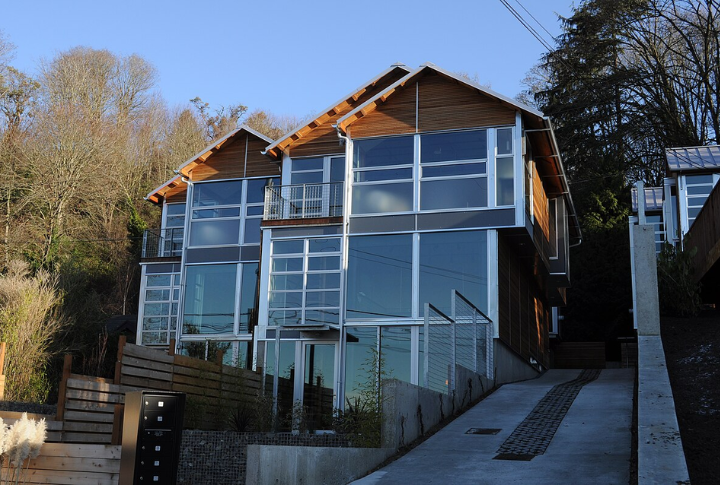
High-paying jobs don’t always equal housing access. In Seattle, the median home costs over $831,000, seven times the average income. Meanwhile, tech giants like Amazon raise wages for some while pricing out others. This has essential workers struggling to stay nearby.
Montana

Montana once offered budget-friendly living, but that’s changed. Over the last five years, prices jumped 56%, and out-of-state buyers are outbidding locals. The statewide price-to-income ratio is now above 6.4. This has made more residents seek out less-crowded states for relief.
Rhode Island
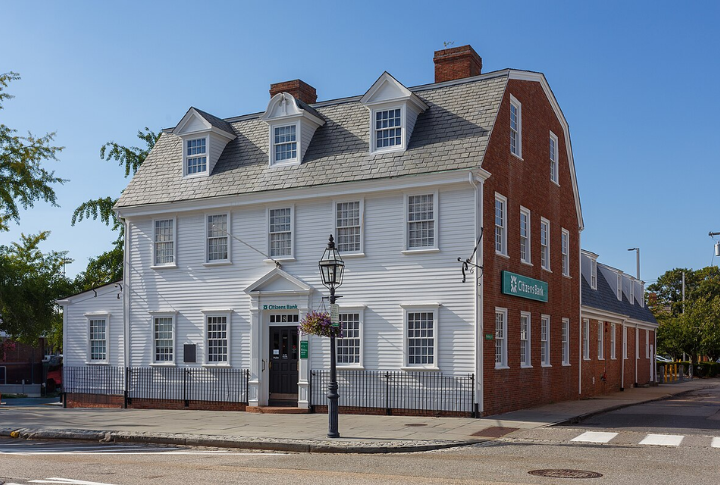
This tiny state packs a housing punch. With limited land to build on, prices keep climbing. What’s more, the 5.5 price-to-income ratio puts ownership out of reach for many. Demand stays high for old coastal homes, with some dating back over 200 years.
South Carolina
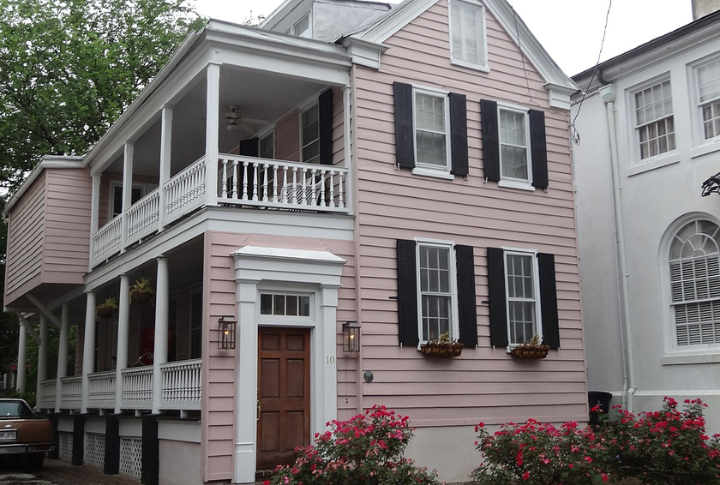
Charleston County homes now top $600,000, pushing many buyers inland. Plus, hurricane threats continue to drive up insurance costs. With tourism and retirees fueling the market more than local wages, affordability takes a back seat.
Pennsylvania

In Philadelphia, property taxes are notably high, even by state standards. Home values in some areas have flatlined, leaving owners with little return. Buyers face an uneven market with few financial advantages. No wonder Delaware’s lower taxes are drawing more former Pennsylvanians across state lines.
Minnesota

Minneapolis home prices have surged 30% over five years, and winters make maintenance a serious cost. Many locals prefer renting to avoid snow-related wear and tear. Despite a strong job market, affordability keeps slipping. In the long run, seasonal extremes are reshaping housing priorities across the state.
North Carolina
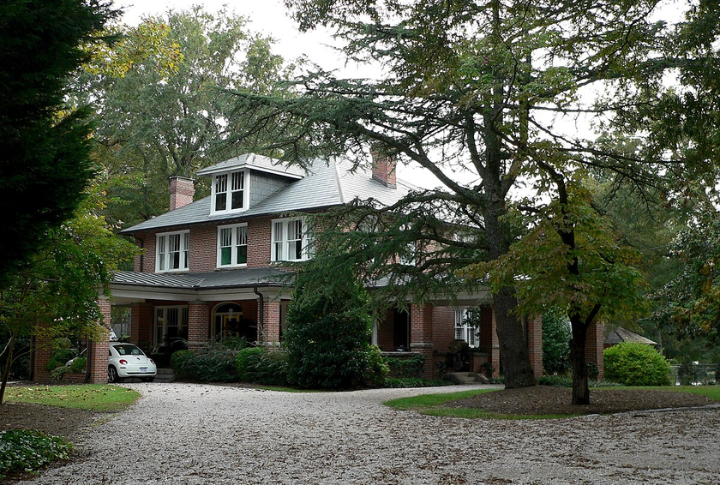
Since 2020, Charlotte’s home prices have jumped 40%, leaving buyers racing to keep up. Rising property taxes pile on additional costs each year, but household incomes aren’t rising at the same pace. In contrast, South Carolina’s slower price growth is starting to look more appealing.
Georgia

Atlanta’s 4.4 price-to-income ratio may seem manageable, but affordability is eroding quickly. As population growth spreads across metro areas, housing prices continue to climb. Corporate expansions only fuel the demand. Neighboring states like Alabama are becoming a tempting option because of lower prices and lighter tax loads.
